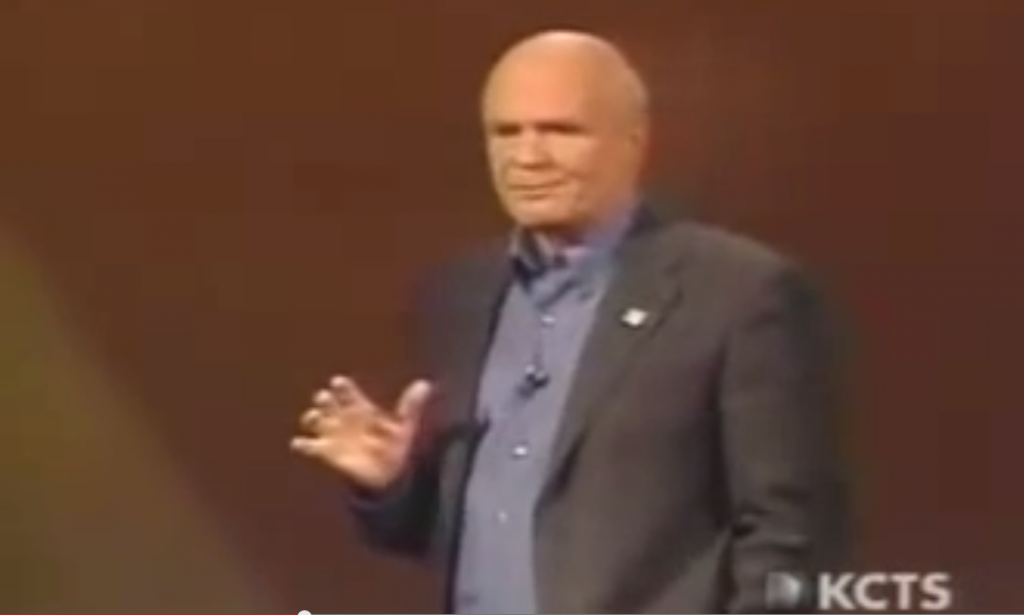
Classroom activities
Here you’ll find some practical ideas for working with the clip. Choose the ones that suit your teaching aims, particular group of learners, your teaching style, and then plan your own lesson.
PRE-VIEWING ACTIVITIES
‘Reflect & Share’
Ask your students to reflect on the following sentence:
“If you change the way you look at things, the things you look at change.”
- What does it mean?
- Can they paraphrase, come up with an example?
‘Unjumble the quote’
Put the following on the board and ask your students to come up with the right order:
solve / today’s problems / with the same mind-set / you can’t / in the first place / that created them
(Albert Einstein)
Your students should keep this quote in the back of their minds as they watch the clip.
‘Strangers- Acquaintances- Friends Dictation’
Tell your students that words can be divided into three categories based on how well they’ve mastered them:
- STRANGERS: words they come across for the first time
- ACQUAINTANCES: words they can recognise but would not be able to use confidently
- FRIENDS: words they can use confidently in sentences of their own
Then ask them to create 3 columns on a sheet of paper with these 3 categories. You will now dictate some words and they have to write them in the appropriate column:
key / neighbour / streetlight / fundamental / stumble / power failure / drop / hostile / struggle / scene / grope around /prescription
After the dictation, students can ask about the words in the acquaintances and strangers columns. Then ask students to listen for these words in the clip.
Note: I first came across this categorisation of lexical items in a book by Mario Rinvolucri.
POST-VIEWING ACTIVITIES
‘Twenty Questions’
Challenge your students as a group to come up with 20 questions about the story they’ve just listened to in 2 minutes.
Write the questions on the board as students call them out. Help with language if necessary.
Note: Students are likely to start with simple, factual questions, e.g. ‘Where did the man lose his keys?’ or ‘Who helped him?’ Once they’ve exhausted these recall type questions, they usually think of more creative, open-ended questions:
- Where does the man live?
- Why didn’t he use a flashlight?
- Did he find his keys in the end?
‘Follow-up Discussion’
You can do this as a whole class activity, or ask students to work in groups using the questions below as a starting point for discussion:
- How do you interpret the story?
- What do the keys represent?
- What does the streetlight represent?
- How is the streetlight story related to the hostile-friendly universe question mentioned in the clip?
- What’s your view: do we live in a friendly or a hostile universe?
‘Follow-up Read & Write’
Ask your students to read a story about The Old Man and the Two Travelers.
You can download the story here: The Old Man and the Travelers
Then ask them to write a paragraph comparing the story they’ve just read with the story they listened to.

Wayne Dyer is a popular self-help philosopher (“Change your thoughts – change your life”) in the U.S. You can find many talks on youtube. If you search ‘Special Keynote with Dr. Wayne Dyer’ on youtube, you’ll find an extended recent talk with many gems of wisdom, whether you can agree or not.
If you look in A Guide to Student-centred Learning (1996), by Donna Brandes and Paul Ginnis, pp. 214-215 you’ll find a similar story to The Old man and the Travelers. It is accessible on Google Books. What are the similarities and differences?